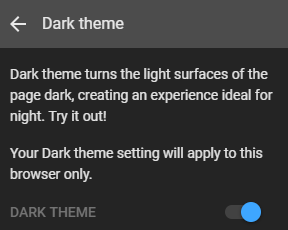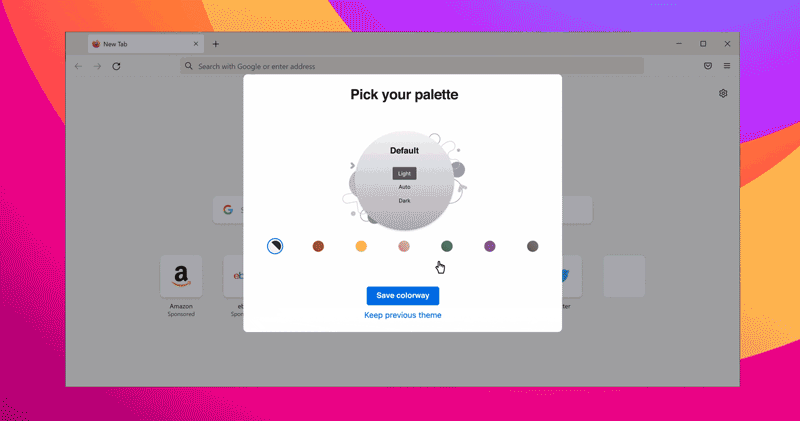
Now, close the console and click on your user profile icon in the top right corner. You can press the F5 key on the keyboard or use Ctrl + F5 to reload all cached page elements. Press the Enter key and refresh the YouTube page. In the console, type or copy-paste the following line: okie="VISITOR_INFO1_LIVE=fPQ4jCL6EiE" Press Ctrl + Shift + K to open the Web Developer Console tool. If you don't have an account, then create one. Sign in with your user account for this service. Open Firefox and point the browser to the following URL. To enable the experimental dark theme on YouTube, do the following. In the example below, I will use Mozilla Firefox. You can still try out the new appearance in any browser which supports cookie editing. If you are not one of them, here is good news. I’ve yet to find the perfect solution, but for the time being, this add-on will suffice.As of this writing, only a select number of users can access the updated YouTube theme. Some developers hate the idea of users, modifying their web pages, in those circumstances, rewriting css files on the fly becomes difficult, and this probably places a significant restriction on the capability of the plugin, hence those odd pages which do not convert. Without this add-on it is an eye watering experience, and I can’t help thinking that, by turning down the brightness of the pixels, it has to contribute to extending the life of the monitor, as well as being more comfortable on the eyes. Why on Earth web developers feel the need to torture our eyes with acres of white space is completely beyond me.


With each new version it does seem to get better, and more successful with the pages that previous versions could not convert. I’ve used this add-on with FF for a very long time now, and after trying most of the alternatives, found it to be the simplest and the best, even though it does not work on every single web page. I don’t use YouTube’s default Dark Theme because I block cookies for YouTube.

for YouTube, ‘YouTube DeepDark Material’ at brilliant, fast). YouTube, in which case I’ll prefer a dedicated CSS (i.e. What’s the purpose of phoning home for an extension which doesn’t rely on home data? Otherwise works nicely, I use it on a per-domain whitelist (off by default) mainly because some heavy sites are long to initialize with ‘Dark Theme’ applied, i.e. I had to create a dedicated rule to block it. The only thing I dislike with ‘Dark Reader’ is that it calls home () on every Firefox start. ‘Dark Background and Light Text’ is nice as well but if I remember correctly there is one page element which it does not handled specifically : the borders (I think those take the chosen text color) and IMO a no eye-strain dark page requires borders’ color to be far less bright than those of fonts, otherwise looks horrible on pages which carry many borders. I do use a dark theme extension and after having tried several I’m sticking on ‘Dark Reader’.


 0 kommentar(er)
0 kommentar(er)
